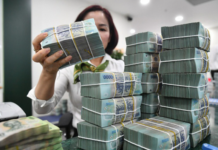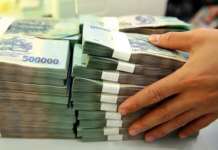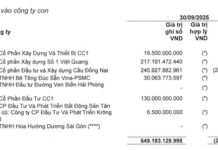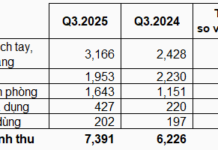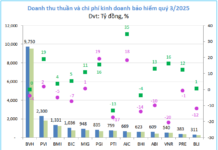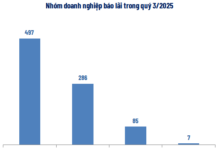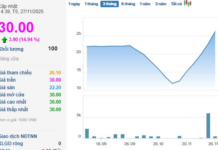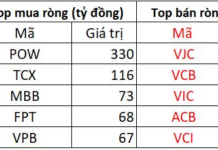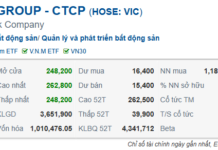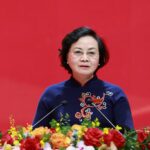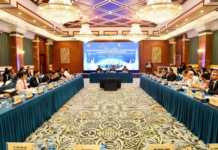Vietnam’s Minister of Construction, Tran Hong Minh, has approved the adjusted master plan for Gia Binh International Airport for the period 2021-2030, with a vision extending to 2050.
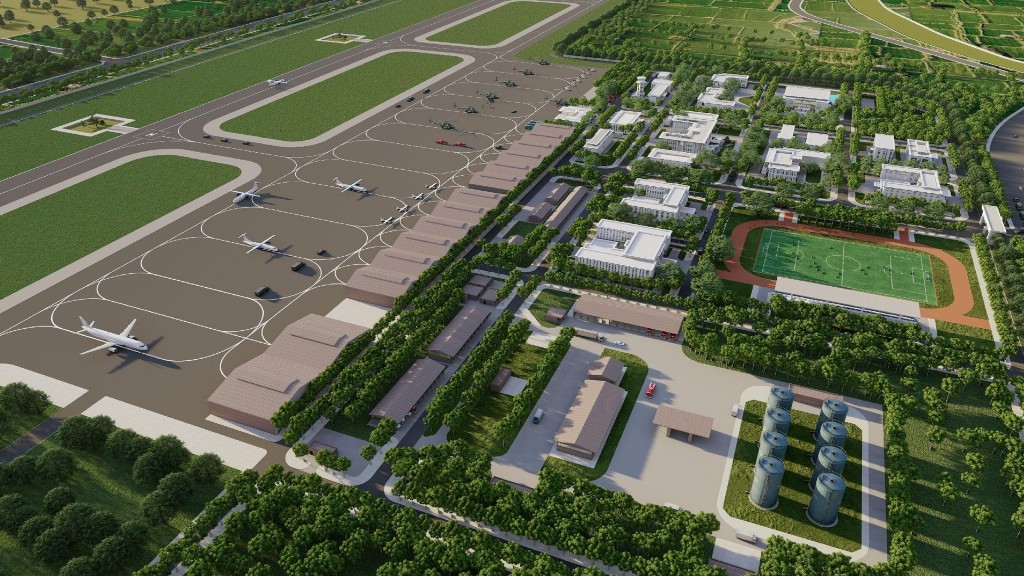
Model of Gia Binh International Airport
During the 2021-2030 period, Gia Binh Airport is projected to handle approximately 30 million passengers annually and 1.6 million tons of cargo per year. The airport will accommodate aircraft types including B747, B777, B787, A380, A350, A321, and other specialized aircraft.
The master plan for 2021-2030 includes two runways: 07R/25L in the northern area, measuring 3,500×45 meters, and 06L/24R in the southern area, measuring 4,000×45 meters, spaced 1,800 meters apart. Parallel taxiways are planned south of runway 07R/25L and north of runway 06L/24R, along with a system of connecting taxiways and rapid exit taxiways to link parallel taxiways with runways and aprons.
By 2050, the airport aims to serve around 50 million passengers annually and handle 2.5 million tons of cargo per year. The plan includes an additional runway, 07L/25R, measuring 3,500×45 meters, located 366 meters north of runway 07R/25L, and runway 06R/24L, measuring 3,650×45 meters, positioned 366 meters south of runway 06L/24R.
Additional parallel taxiways will be constructed between the two runways in both the northern and southern areas, along with a system of connecting and rapid exit taxiways to ensure seamless connectivity between parallel taxiways and runways.
The land requirement for Gia Binh International Airport during the 2021-2030 period and the vision to 2050 is approximately 1,960 hectares.
Gia Binh Airport to Connect Hanoi via Urban Rail and Expressway
Gia Binh International Airport is designed to connect with the expressway from Hanoi to Gia Binh Airport and Hai Phong City. An urban rail station will be located within the passenger terminal area to facilitate connections with the national railway system and the urban rail line linking Hanoi. Detailed transportation connectivity plans will be outlined in sectoral and provincial planning to ensure synchronization and support socio-economic development.
The Ministry of Construction has requested the Hanoi People’s Committee to collaborate with the Bac Ninh Provincial People’s Committee to finalize planning and invest in road and rail connections between Hanoi and Gia Binh International Airport.
The Bac Ninh Provincial People’s Committee is tasked with reviewing and updating the Gia Binh International Airport master plan into local and related plans, strictly managing airspace and building heights, and exploring solutions for electricity, water supply, and drainage in the airport’s vicinity.
Bac Ninh Province will allocate and protect suitable land according to the approved plan, ensuring land availability for expansion as needed. The province will also coordinate with the Ministry of Industry and Trade to review infrastructure plans for electricity, fuel, and energy supply, making adjustments to ensure compatibility with the airport’s development scale.
According to the Vietnam Aviation Administration, the estimated investment cost for Gia Binh Airport is approximately VND 161.6 trillion for the 2021-2030 period and VND 52.7 trillion for the vision to 2050.
With the inclusion of Gia Binh Airport in the national airport system development master plan, the total investment required for airport system development by 2030 is approximately VND 485.472 trillion, sourced from the state budget, non-state funds, and other legal capital sources.
Northern Vietnam’s Four Provinces Suffer Over $370 Million in Damages Following Typhoon 11
The aftermath of Typhoon No. 11 has left a trail of devastation, with torrential rains causing damages exceeding 8.72 trillion VND across the provinces of Thai Nguyen, Cao Bang, Lang Son, and Bac Ninh. Among these, Thai Nguyen has borne the brunt of the destruction, suffering the most severe losses.
Prime Minister: Boldly Entrust Private Enterprises with National Infrastructure Development
Speaking at the group discussion session on the afternoon of October 12th, Prime Minister Pham Minh Chinh emphasized that it is time to boldly allow private enterprises to participate in major infrastructure projects. This approach effectively mobilizes societal resources, reduces the burden on the state budget, while ensuring the quality and timely completion of projects.
Aspire, Lead, Excel: The Government Party Pioneers, Steadfastly Advancing with the Nation into the New Era
The Government’s Electronic Information Portal is honored to present an article by Comrade Phạm Minh Chính, Member of the Politburo, Secretary of the Government Party Committee, and Prime Minister. Titled *”Aspiration, Leadership, Intelligence – The Government Party Committee Pioneers and Steadfastly Marches with the Nation into the New Era,”* this piece offers profound insights into the vision and commitment of the Government Party Committee as it leads the nation forward in an ever-evolving world.
Minister of Home Affairs: Civil Servants Are the “Key of Keys” in Building a Modern National Governance Framework
At the discussion session on the afternoon of October 12th, Minister of Home Affairs Phạm Thị Thanh Trà emphasized that civil servants are the “key of keys” in Party building and national governance. In the context of the digital era and deep integration, she advocated for the establishment of a new public service value system—one that is civilized, innovative, and rooted in the spirit of serving the people.
Top 100 Most Powerful Women in Asia: VinFast Chairwoman, Vinamilk CEO, Viettel Global Leader, and ‘Sugar Queen’ Make the List
Fortune Magazine (U.S.) has unveiled its 2025 list of “Asia’s 100 Most Powerful Women,” featuring four prominent Vietnamese female leaders. These trailblazers hold key positions within major corporations, significantly impacting Vietnam’s economy while steadily establishing their presence on the global stage.









